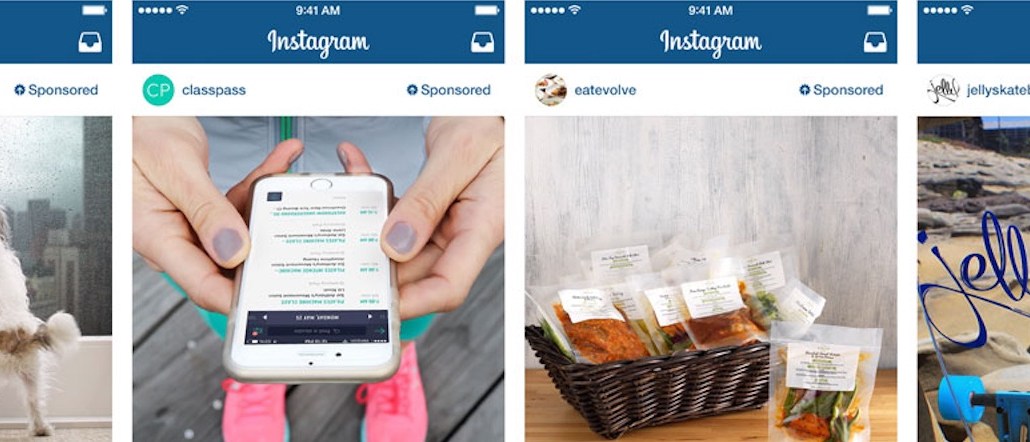
Facebook has created an ad monster, again.
Instagram announced this week it has topped 200,000 advertisers. Despite that growth, there are few signs that users have been turned off by the rapid expansion of ads — Instagram also recently topped 400 million users.
However, there has been a noticeable drop in ad quality from glossy, magazine-style posts to ones that look more like they belong in the Sunday circular. The tension for Instagram, as it grows, is how to police the ad experience.
To that end, Instagram has a number of quality controls for its ads. It hosts workshops with brands, agencies and ad tech partners to teach them about the rules. It sets style guidelines, including limits to how much text is allowed in the ads. There’s also a team of people looking for ads that don’t meet standards.
“The guys that run into the creative restrictions the most are the aggressive ones, the gaming companies and the lead-gen advertisers — the stuff you’d expect,” said Ben Tregoe, svp of business development Nanigans.
But this week, tech personality Om Malik wondered in a blog post whether Instagram’s ad assault was just too much. “It has been infesting my feed with too many ads — and not just any ads but terrible ads. Video ads. Ads that make absolutely no sense to me. Ads that have less relevance to my feed and me than dumb follow-me-everywhere banners on the web,” Malik wrote.
The complaints have been around in some form since Instagram started selling ads more than two years ago. Even the first sponsored images, despite their high-end look from brands like Michael Kors and Ben & Jerry’s, drew protests from people who didn’t want commercial interruptions.
Instagram CEO Kevin Systrom used to personally review every ad to ensure the quality. Now, that level of attention is nearly impossible given Instagram’s recently opened ads platform, which helped lead the surge in businesses on the app.
Ad tech firm Nanigans, for one, has 40 percent of its advertisers buying on Instagram because of its ease of adoption, said Tregoe. “If customers are used to buying on Facebook, then Instagram is an easy transition for them,” he said.
Facebook, also, is keeping a close watch on ad load and what it does to the user experience. That’s because ads need to be good or they won’t perform well, said Adam Berke, CMO at AdRoll.
“It’s very data-driven, measuring the impact of ad load on user engagement,” Berke said of Facebook.
More in Media

Podcast companies turn to live events to capture growing advertiser spend
The surge in the number of live podcast events in 2025 reflects a broader shift: advertisers are betting bigger on podcasts — not just as an audio channel but as a full-fledged creator economy play.

Media Briefing: ‘Cloudflare is locking the door’: Publishers celebrate victory against AI bot crawlers
After years of miserably watching their content get ransacked for free by millions of unidentified AI bot crawlers, publishers were finally thrown a viable lifeline.

How Vogue could navigate potential industry headwinds as Anna Wintour — who agency execs say made ad dollars flow — brings on new edit lead
Anna Wintour’s successor at Vogue will have to overcome the myriad of challenges facing fashion media and the digital publishing ecosystem.





